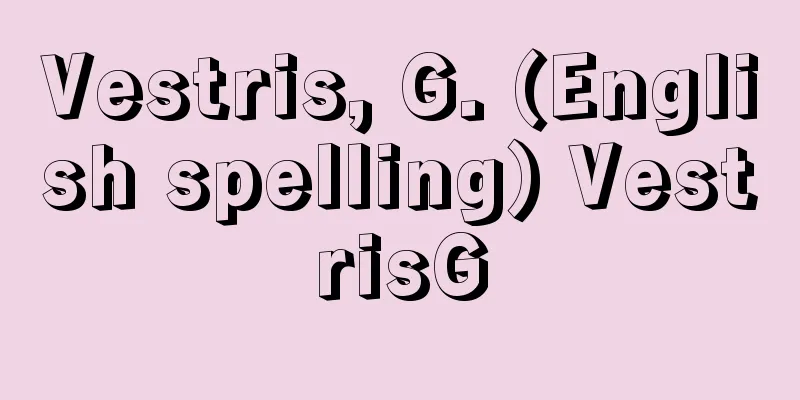Camerini, M.

|
...In 1925, the public film corporation Luce was founded with the aim of educating and promoting film, in 1932 a film section was opened at the Venice Biennale (which started as the Venice International Film Festival in 1934), in 1934 the Film Bureau of the Ministry of Popular Culture was established, in 1935 the film school Centro Sperimentale di Cinematografia (Film Experimental Center) was opened, in 1937 the Cinecittà Studios, which was called the Film City, was built, and the film theory magazines Bianco e Nero and Cinema were launched. It was during this Fascist period that Alessandro Brazzetti, the director of The Sun (1929) and 1860 (1933), who were pioneers of Neorealism, and Mario Camerini, the director of The Rail (1929) and Man, What a Scoundrel (1932), made their debuts. The Experimental Film Center, which was established to promote the Fascist film regime, produced many famous directors, including Roberto Rossellini, Luciano Emmer, Michelangelo, and others. Among its members were Gello Antonioni, Luigi Zampa, Pietro Germi, Giuseppe De Santis, and Francesco Maselli, while the magazine Cinema, whose editor-in-chief was Mussolini's son, Vittorio Mussolini, produced such filmmakers as Luchino Visconti, Cesare Zavatini, and Carlo Lizzani, who would later go on to shock the world's cinema with the Neorealism movement. *Some of the terminology that mentions "Camerini, M." is listed below. Source | Heibonsha World Encyclopedia 2nd Edition | Information |
|
…1925年,〈映画による教育宣伝を目的〉とした映画公社〈ルーチェLUCE〉の設立,32年ベネチアの〈ビエンナーレ展〉に映画部門開設(1934年からベネチア国際映画祭としてスタート),34年民衆文化省映画局の設立,35年映画学校〈チェントロ・スペリメンターレ・ディ・チネマトグラフィア(映画実験センター)〉開校,37年映画都市と呼ばれたチネチッタ撮影所の建設,さらに同映画理論誌《ビアンコ・エ・ネーロ》および《チネマ》の創刊等々。〈ネオレアリズモ〉の先駆となった《太陽》(1929),《1860年》(1933)の監督アレッサンドロ・ブラゼッティ,《レール》(1929),《人間,なんたる悪党》(1932)の監督マリオ・カメリーニがデビューしたのもこのファシズム時代においてであり,ファシズムの映画体制を促進する目的で作られた映画実験センターからは,ロベルト・ロッセリーニ,ルチアーノ・エンメル,ミケランジェロ・アントニオーニ,ルイジ・ザンパ,ピエトロ・ジェルミ,ジュゼッペ・デ・サンティス,フランチェスコ・マゼッリらが,またムッソリーニの息子ビットリオ・ムッソリーニを編集長にいただいた《チネマ》誌の同人からは,ルキノ・ビスコンティ,チェーザレ・ザバッティーニ,カルロ・リッツァーニら,のちに世界の映画界に衝撃を与える〈ネオレアリズモ〉を担う映画作家たちが輩出したのである。 ※「カメリーニ,M.」について言及している用語解説の一部を掲載しています。 出典|株式会社平凡社世界大百科事典 第2版について | 情報 |
>>: Camellia rosaeflora - Camellia rosaeflora
Recommend
Coagulation necrosis
...Although the mechanism of cell necrosis remain...
Chardonne - Jacques Chardonne
French novelist. His real name was Jacques Boutel...
《Historia de la vida del Buscon, llamado Don Pablos》 (English notation) Historia de la vida del Buscon llamado Don Pablos
...His works, born from criticism of the ugly asp...
Wafer board - Wafer board
…This material, which is mass-produced from low-q...
Kenkichi Ueda
1875-1962 A military officer from the Meiji to ea...
Edkins, J.S.
…Its main function is to promote gastric acid sec...
Shiogama
A type of dried confectionery. It is made by addin...
San Miguel de la Escalada (English spelling)
…In contrast, Mozarabic architecture was built in...
Kamiya Sotan
Year of death: 28th October 12th Kan'ei (7th D...
Austropeplea ollula (English name)
A freshwater snail of the family Lymnaea. The shel...
Königswald - Gustav Heinrich Ralph von Königswald
German paleontologist and paleoanthropologist. Af...
Factorial function
…Differential methods use unique functions to all...
Du Fu - Toho
A Chinese poet from the height of the Tang dynast...
Zheng; Chêng
One of the princely states of the Zhou dynasty in ...
Negligent homicide or injury
The crime of causing the death or injury of anoth...









